Intelligent Machines
Technology Commercialized
Glass-free 3D gaming, smart oven, high-definition Wi-Fi, GPS-equipped ski goggles, portable foldable solar panels, and more.
Feb 22, 2011

Nintendo’s portable game console will let users play games in 3-D without wearing special glasses. The key is an autostereoscopic display, which delivers a separate image directly to each eye. Because these displays work best over narrow viewing angles, they are much better suited for mobile devices than they are for televisions.
Product: 3DS Cost: $250 Availability: March 27 Source: www.nintendo.com Company: Nintendo

This USB charger can be carried vertically in or on a backpack to harvest energy from walkers’ footsteps. Electricity is generated by linear induction, as in a shake flashlight. High-efficiency energy harvesting and storage mean the device can gather enough charge for small portable electronics such as an iPod or GPS.
Product: nPower PEG Cost: $160 Availability: Now Source: www.npowerpeg.com Company: nPower
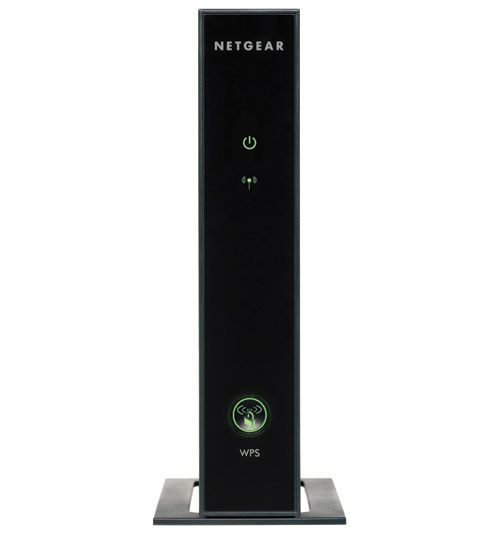
This Wi-Fi router uses four antennas to constantly retune its radio signal and reshape it by exploiting constructive and destructive interference between them. It can send a focused beam toward distant users who might otherwise get a weak connection. The resulting coverage area is five times the size of those achieved with earlier Wi-Fi systems, and the wireless network can have up to twice the speed.
Product: 3DHD Wireless Home Theater Networking Kit Cost: $260 Availability: Now Source: www.netgear.com Companies: Netgear, Quantenna Communications
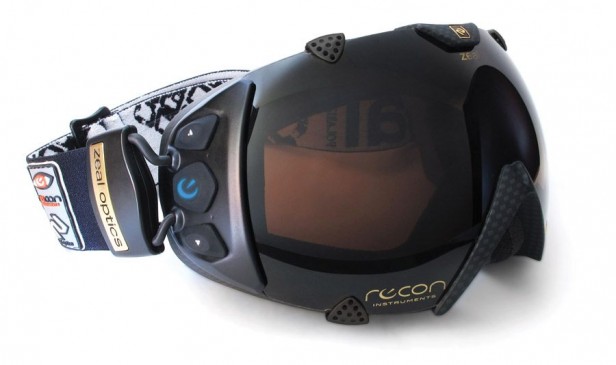
Serious skiers often want to know things like their speed and their vertical rate of descent. A GPS-based display mounted in these goggles shows such information in the corner of the wearer’s eye; data can later be uploaded to a computer to show the exact route taken during a run.
Product: Transcend SPX Glasses Cost: $400 Availability: Now Source: www.reconinstruments.com Companies: Recon Instruments, Zeal Optics
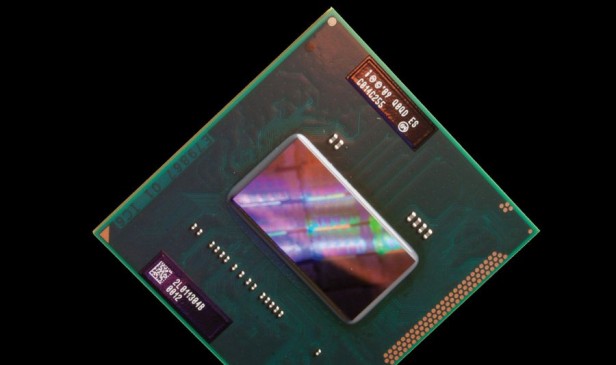
Intel’s new chips for personal computers include graphics circuitry alongside the processor cores. This lets the cores and the graphics system share high-speed memory and communicate with less delay. Targeted at video-hungry users, the resulting CPU offers features such as rapid transcoding of video files to prepare them for downloading to a mobile device.
Product: Second Generation Intel Core processors Cost: About $1,000 for i7 version Availability: Now Source: www.intel.com Company: Intel

Putting smart meters in homes is a first step toward the smart grid, but people are unlikely to check the meter every time they want to heat up a pizza. Appliances like this electric stove, however, communicate wirelessly with the smart meter and adjust their behavior automatically: for example, during peak consumption hours it might default to its smaller, less-energy-demanding upper oven. Owners have the option of overriding these electricity-saving choices.
Product: Brillion double oven Cost: Not available Availability: Through utilities in
2011, mass market in 2012 Source: www.geappliances.com Company: General Electric

Chewing gum can make a mess out of carpets, clothes, and sidewalks, largely because the water-resistant polymer used as a base for most gums is very sticky and doesn’t degrade easily. But Rev7 gum uses a different polymer that doesn’t stick as strongly to surfaces and degrades into a water-soluble material that can be washed away. It was developed with the help of research conducted by the University of Bristol in England.
Product: Rev7 Cost: $1.20 to $1.40 Availability: Now in the United States; waiting for EU approval Source: www.revolymer.com Company: Revolymer
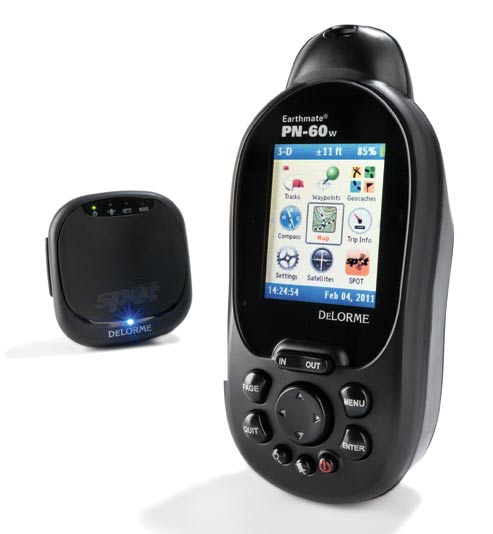
Aimed at users who are often out of range of cell-phone networks but don’t want the expense of a full-fledged satellite phone, this GPS system comes with a satellite uplink that makes it possible to send short messages—perhaps to Facebook if an expedition is going well, or to emergency services if it isn’t.
Product: Earthmate GPS with SPOT Cost: $550 Availability: Now Source: www.delorme.com Company: DeLorme
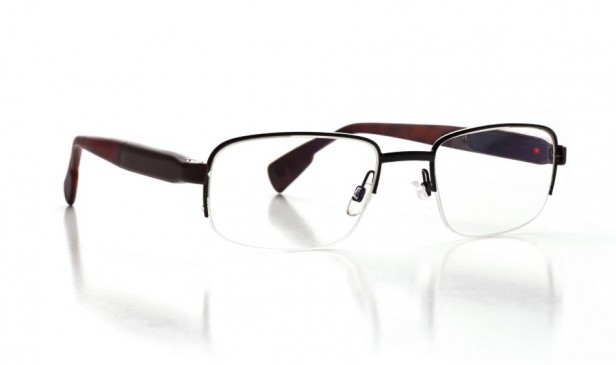
These glasses for people who wear bifocal or progressive lenses use an electroactive layer to switch rapidly between two focal lengths. The wearer can switch the length manually, or the glasses can be set to change automatically as the eyes move: looking down would set them for reading, while looking up would make them suitable for driving.
Product: emPower glasses Cost: Approximately $1,200 Availability: Late 2011 Source: www.pixeloptics.com Company: PixelOptics
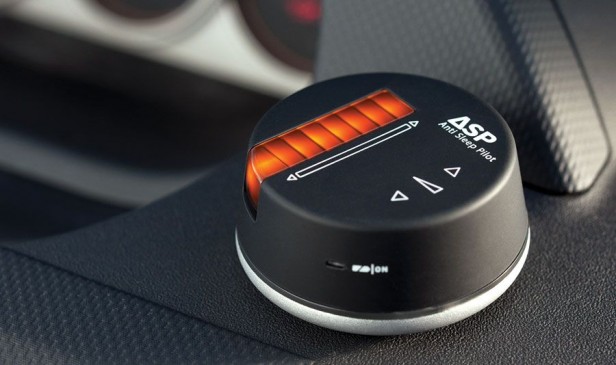
This device, designed to sit on top of a car’s dashboard, periodically checks to determine whether the driver is too fatigued to continue driving safely. It beeps occasionally, prompting the driver to tap the device. Slow response times, combined with driving data from the device’s sensors, will trigger an alert if the detector thinks it’s time to take a break.
Product: Anti-Sleep Pilot Cost: $250 Availability: Now in Denmark, later this year in the rest of the world Source: www.antisleeppilot.com Company: ASP Technology
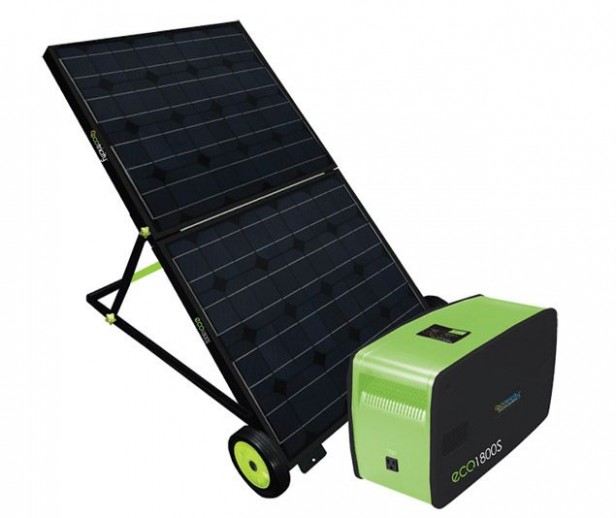
This portable folding solar panel and battery pack can be charged either from a wall socket or by allowing it to collect sunshine for 12 hours. Since it has four 120-volt AC sockets, a fully charged system could power a cordless phone, printer, laptop, and router—for as long as 10 hours. Up to 1,800 watts of power can be drawn at once, so bigger appliances (such as a fridge) could be run for shorter periods of time.
Product: Eco O1800S Cost: Unavailable Availability: Spring 2011 Source: www.goecotricity.com Company: Universal Power Group
Author
From our advertisers
- In association with IntelGetting smart about the future of AI
- Autonomous driving: Safety first
- Produced in association with IBMOptimizing the engineering life cycle requires digital transformation